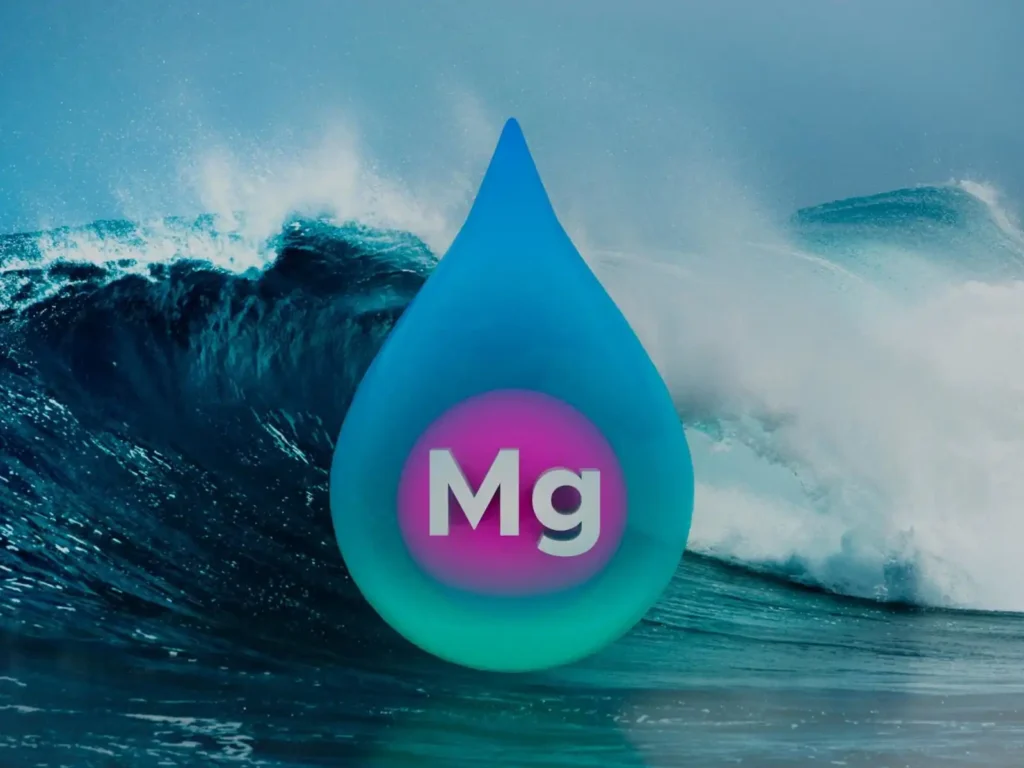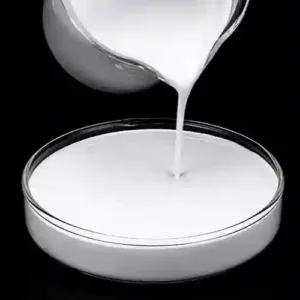Messi Biology stated that in the process of extracting slurry magnesium hydroxide from concentrated seawater, the presence of calcium is an important factor affecting the purity and quality of the product. This paper first studied the pretreatment process of extracting magnesium from concentrated seawater, and investigated the reaction conditions of calcium removal by sodium carbonate. The separation method of calcium removal by sodium carbonate, the amount of sodium carbonate added, the stirring speed, the aging time and the stirring time on the calcium ion removal rate and magnesium ion loss rate in concentrated seawater were studied, and the optimal operating conditions were determined. Under the optimal operating conditions, the calcium removal rate was controlled at more than 60%. The calcium content of the product in the process of extracting slurry magnesium hydroxide from concentrated seawater was effectively reduced, and the purity of the subsequent synthetic magnesium hydroxide product was fully guaranteed.

At the same time, it provides low impurity conditions for the further use of the mother liquor after extracting the magnesium hydroxide product. Secondly, a magnesium chloride solution with the same concentration of 3 times concentrated seawater obtained in the process of vacuum membrane distillation desalination was used to prepare slurry magnesium hydroxide by sodium hydroxide precipitation. In order to improve the filtration performance of slurry magnesium hydroxide and increase its solid content, the effects of reaction conditions such as reaction temperature, alkali concentration, feeding speed, aging time, pH value on particle size distribution were studied. Finally, the conditions under which the particle size of magnesium hydroxide obtained by the reaction of magnesium chloride and sodium hydroxide is the largest are determined. However, during the reaction, the extremely fine magnesium hydroxide particles generated make it very difficult to filter and wash the slurry, and the solid content of the magnesium hydroxide slurry does not meet the use requirements. Therefore, when brine and sodium hydroxide are used as reactants, the crystallization mechanism and formation conditions of large-particle magnesium hydroxide prepared by the seed method are mainly studied.
The effects of the seed method on the solid content of the product, the effect of the number of seeding on the particle size distribution, the washing of the slurry, and the changes in the ultrafiltration membrane flux are investigated. Finally, slurry magnesium hydroxide is prepared by lime milk precipitation method using three times concentrated seawater as raw material. Mainly focusing on the causes of calcium oxide impurities, combined with experiments, methods for removing or reducing calcium oxide impurities are proposed one by one. On this basis, the reaction conditions are optimized and the seed method is investigated, so that slurry magnesium hydroxide that meets the requirements of HY standards is prepared.

